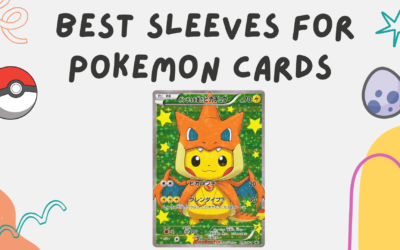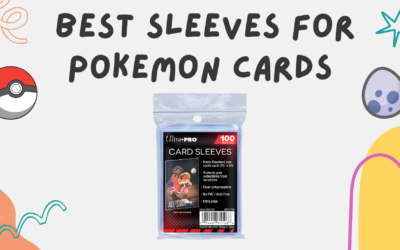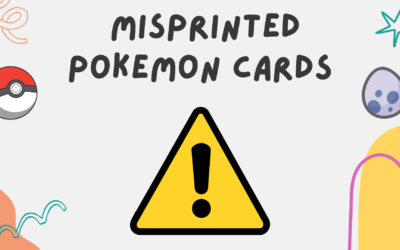How To Know If You Have Fake Pokemon Cards
What Is A Fake Pokemon Card?
With the resurgence of Pokemon in the last few years also came the resurgence of fake Pokemon cards. These are typically significantly lower-quality cards printed by third-party companies in an attempt to mimic actual Pokemon cards. They attempt to fool people who don’t know any better like clueless parents into paying full price for their cheap knockoff.
These cards are often fairly easy to spot as long as you know what you are looking for and if you’re shopping in the right places you’ll rarely have to face this issue.
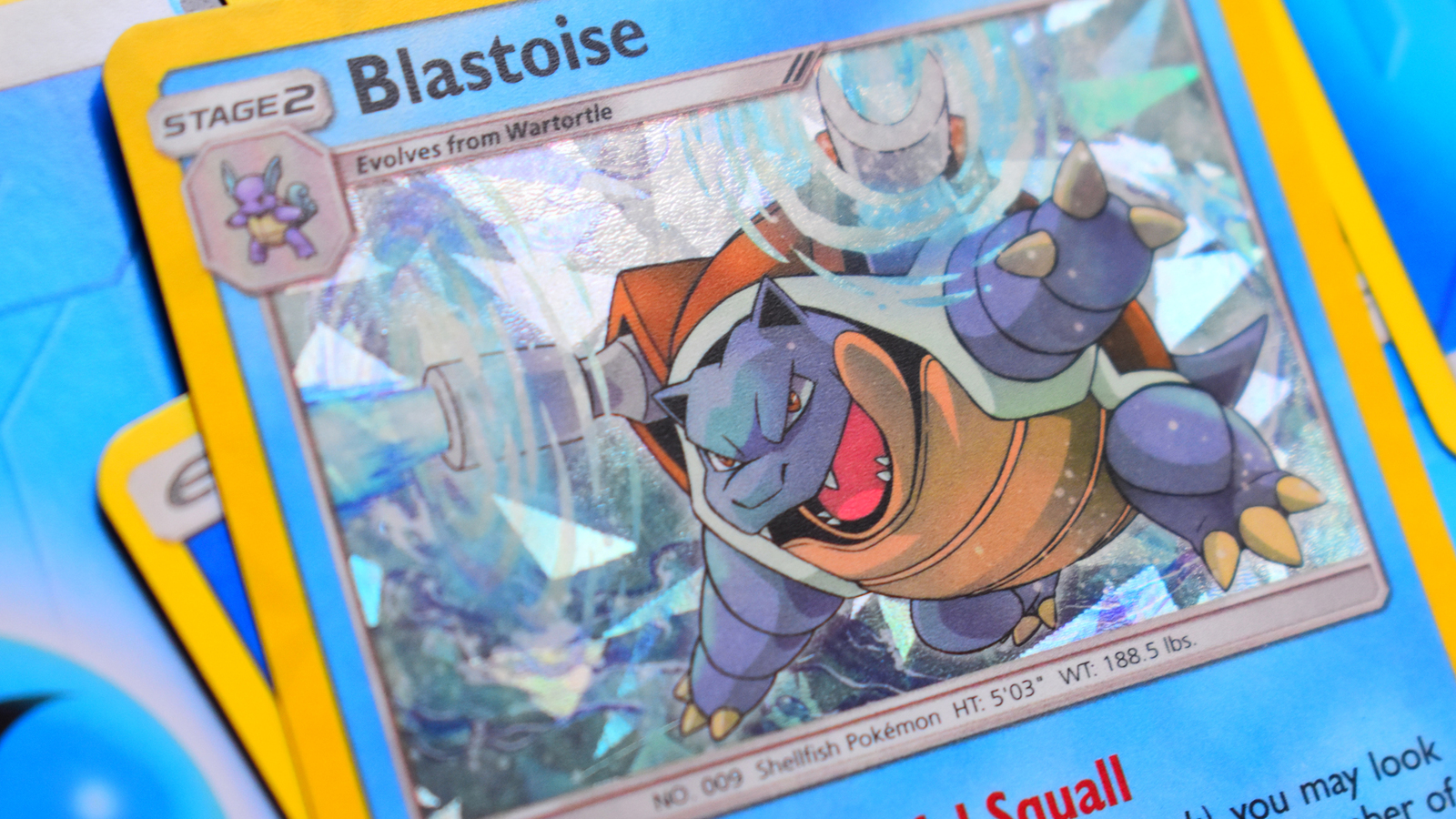
A Real Holographic Blastoise Card
Where Are Fake Pokemon Cards Being Sold?
These cards are typically sold loose in bulk out of a cardboard box in a Sunday market making them fairly easy to avoid. However, this is not to suggest that there aren’t more elaborate sellers attempting to fool the wiser collectors.
Any site where you can buy ungraded, individual cards without moderation opens up opportunities for fake cards to be sold. This includes sites like eBay and Gumtree. Because of this, it is essential to take a thorough look at whatever you are buying and follow the steps below before making a purchase, especially on rarer, more expensive cards.
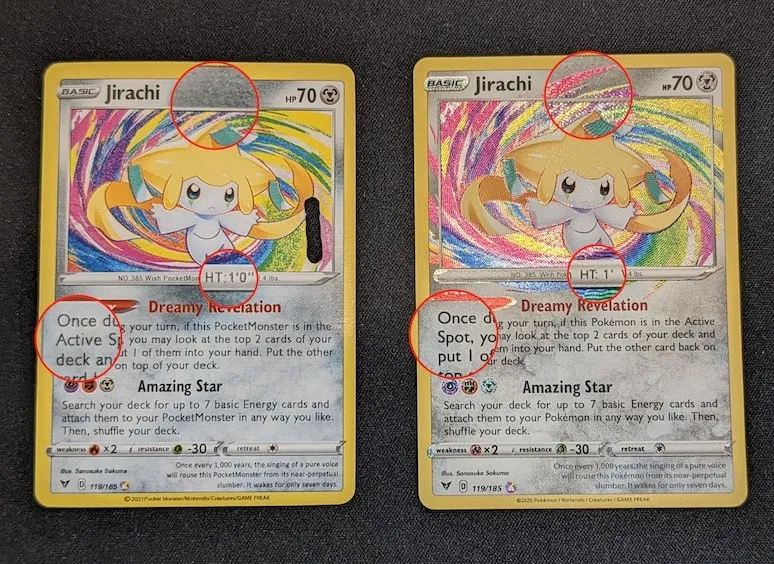
A Fake Jirachi Amazing Rare Vs A Real Jirachi Amazing Rare
How To Spot A Fake Pokemon Card
First Things To Look Out For
When shopping for Pokemon cards or maybe even when checking your own collection of cards that you may be suspicious of, these are the first things you should consider and shouldn’t require any reference.
Spelling & Grammatical Errors
Read every part of the card, is the Pokemon’s name at the top of the card spelt correctly, are there commas where there shouldn’t be, are there commas missing? This is crucial as every official Pokemon card goes through several checks in its digital form before it is even sent off to the printing line. Hence, it is extremely unlikely that an official Pokemon card will have a spelling error on it.
No Accent Over the “é” In Pokémon
All official Pokemon cards have an accent over the “é” in the word Pokemon or any interaction of the term “Poké”. This is irrespective of where on the card the word is written as it will always have the accent over the é.
Any Reference To Pokémon That Doesn’t Use The Word “Pokémon”
Some fake Pokemon cards tend to refer to Pokemon as other things aside from Pokemon. For cards printed in English, Pokemon are only ever referred to as Pokémon. Terms like “Pocket Monsters” being used about Pokemon is typically a pretty good indication of the card’s fakeness.
Unrealistic HP and Attack Values
Any card with obscene attack and HP values i.e over 1000 is immediately fake. As of 2021, The Pokemon Company doesn’t print cards over 340 health let alone over 1000 health. The HP of the Pokemon is the number in the top right corner of the card next to the Pokemon’s name. Its attack values can usually be found on the right of the text underneath the art of the card, however, some Pokemon do not have an attack value in which case you must refer to the HP and other details listed below.
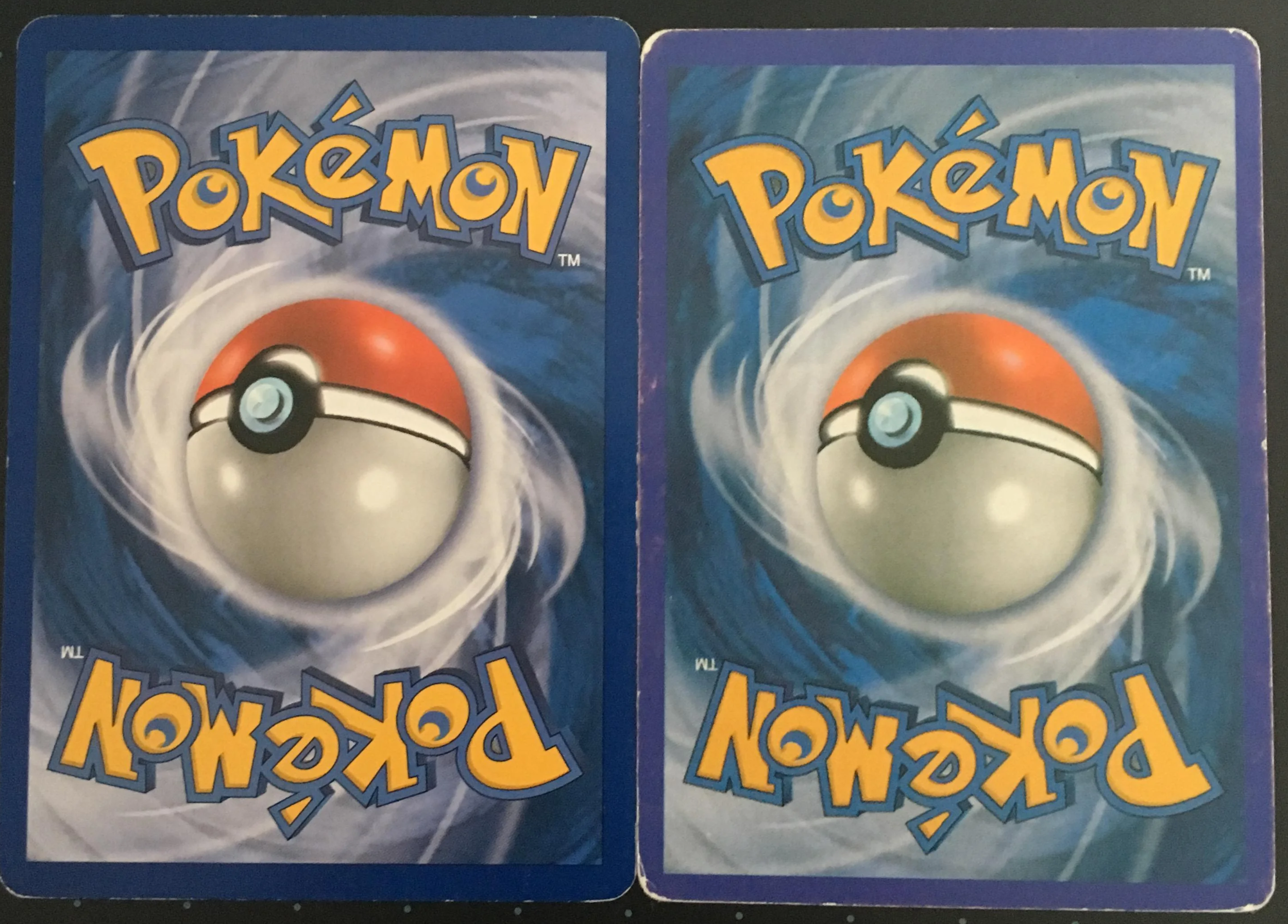
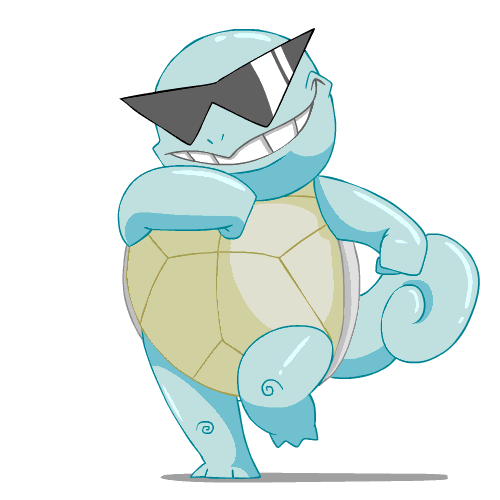
Need To Sell Your Pokemon Cards Fast?
We’ll Take Them Off Your Hands!
Sell Now!
Some Details You Could Miss
The following are details that will require a physical copy of any other real Pokemon card you own to compare against. This will ensure the most accurate readings of your card.
Borders Blurring Into Card
Sometimes, especially on the back of fake cards, the border can begin to bleed onto the main body of the card. Check the back of your card and see if the dark blue of the border begins to fade into the blue of the actual card at any point on the card. If this is the case, your card is possibly fake.
Washed Out Colour
The printing on fake cards usually isn’t as consistent as that of real cards and what can often happen is the colors of the card appear washed out. This is usually also evident on the back of the card as it will appear a much paler blue than a normal Pokemon card.
Card Material
Fake cards often use a much cheaper and less durable material which is a lot thinner than normal Pokemon cards. You can usually just tell by holding a fake card and feeling it a bit whether the material is that of an official Pokemon card or just a cheap phoney print.
Flat Untextured Foiling
Official Pokemon cards vary in foil depending on what kind of card it is. If it’s just a standard holo rare, the art of the card will have detailed, textured foiling. If it’s a reverse holo, everything but the art of the card will have foiling. This applies to every card with texture whether it be an EX, GX, VMax, Rainbow Rare, you name it, there is a specific type of foiling for the card type. Fake cards however seem to have one standardized flat foiling that lacks any texture at all.
Lack Of Foil On Holographic Card Or Vice Versa
If any card that you own that would typically be holographic, things like ultra rares, holographic rares, gold cards etc. have a matte finish, this almost immediately means that your card is fake. If you’re unsure whether or not your card should have a holographic finish on it, it’s best to double-check by looking up a physical copy of your card (digital scans aren’t very useful for telling the finish of the card) whether it be through Google images or another copy of the card you may have.
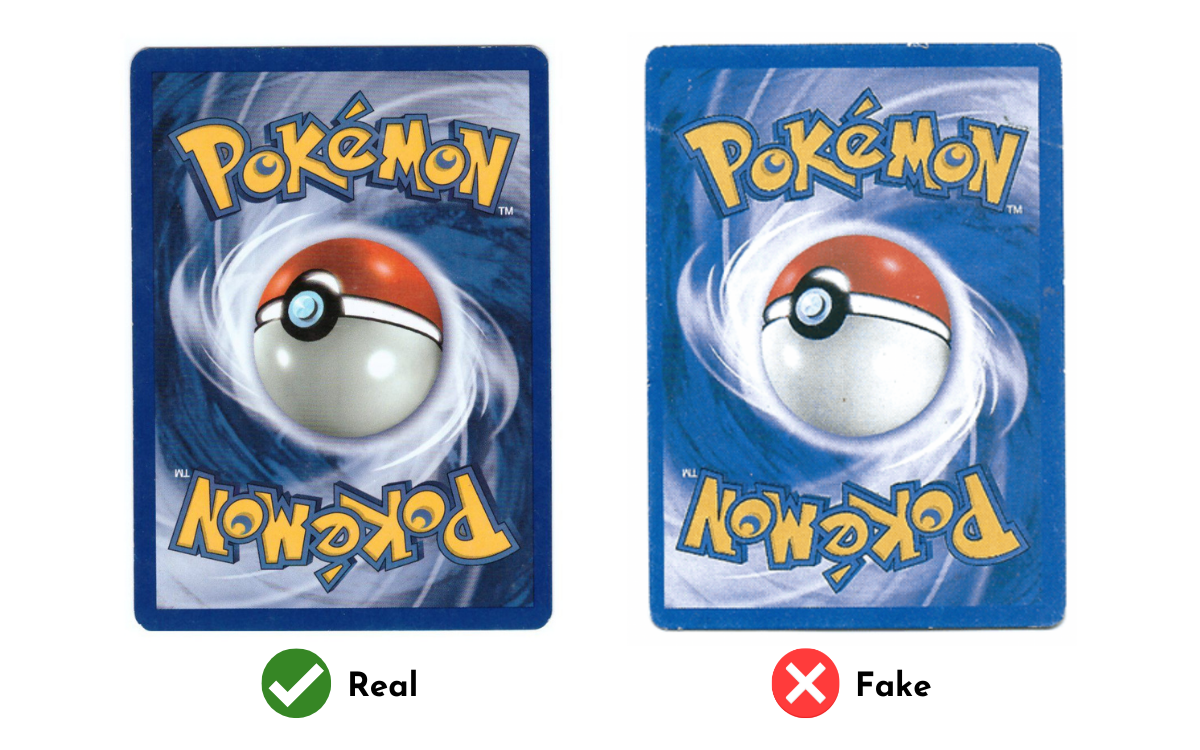
The Difference Between A Real Card Back & A Fake Card Back
Other Sneaky Things To Look Out For
For the following details, you should look at a digital scan of your card to verify that your card is legitimate as these will be details specific to one card specifically. You can easily find digital scans of your cards here, by just searching the name of your Pokemon and the set it’s from.
Incorrect HP / Attack Values
Although we previously mentioned making sure that the HP and attack values of your card weren’t ludicrous and that there is a standardized cap on the attack and HP of Pokemon as of 2021, there is still a chance that these values are ever so off. This could be by 10 or 20 points, so make sure to double-check the digital scan of the card and compare it against your own to confirm that all values are in place.
Incorrect Pokémon Typing
Every Pokemon card has a typing which can be identified most evidently by the colour of the card in most cases, however, can also be identified by the little symbol in the top right corner of the card next to the HP of the Pokemon. If this symbol does not immediately match the colour of your card, then you won’t even need a digital scan to test the legitimacy of your card. However, in the case of full arts and VMax cards, it can be less obvious what type of Pokemon the card is which is why you have to look at the logo. Once again, if it doesn’t match that of the digital scan of your card, your card is unfortunately fake.
Incorrect Font / Font Size
This one can be a lot harder to spot, especially if the font size is off by just 1 or 2. Some giveaways include looking at the font and font size of the name of the Pokemon given that it is usually in bold and has one size across all cards.
Incorrect Set Symbol Or Set Number
The symbol for the set can be found at the very bottom left corner of the card just above the border of the card. On the right of this, you will also find a fraction like 011/134, or something to that effect. The symbol indicates what set the card is from whether it be Darkness Ablaze, Cosmic Eclipse etc. The number next to this indicates the numbered position of the card in the set. Pokemon cards are ordered numerically and therefore must have a number assigned to them at the bottom of the card. If this symbol doesn’t match the set the card is originally from or the number doesn’t match the number of the digital scan, you’re looking at a fake card.
Incorrect Weakness / Resistance Type
People often forget that others play the Pokemon Trading Card game competitively and by nature gloss over the other minor details of the card like the weakness and resistance of the Pokemon. This refers to what type of Pokemon the card takes reduced from and deals increased damage to; it’s honestly an easy detail to miss. You can find the weakness and resistance type of your card by looking at the silver banner close to the bottom of your card. There you will see a symbol similar to the one in the top right corner of the card. If these do not match the digital scan of your card, the card is likely fake.
Incorrect Retreat Cost
Finally, on the same silver strip at the right of the card, you will also see what is known as a retreat cost. This is what it costs to pull the card out of play in the game but for us, it’s going to serve as a means of telling if the card is fake. Each Pokemon has a unique retreat cost and it must therefore match the cost of the digital scan of your card.
Getting accustomed to what legitimate cards look like is important if you want to avoid buying counterfeit cards. Hence, most collectors can spot a fake from a mile off.
For those less experienced, if you keep a keen eye on the details and are mindful of where you’re buying your Pokemon cards, you should be safe.
Sell Your Pokemon Cards Fast With WeBuyPokeCards
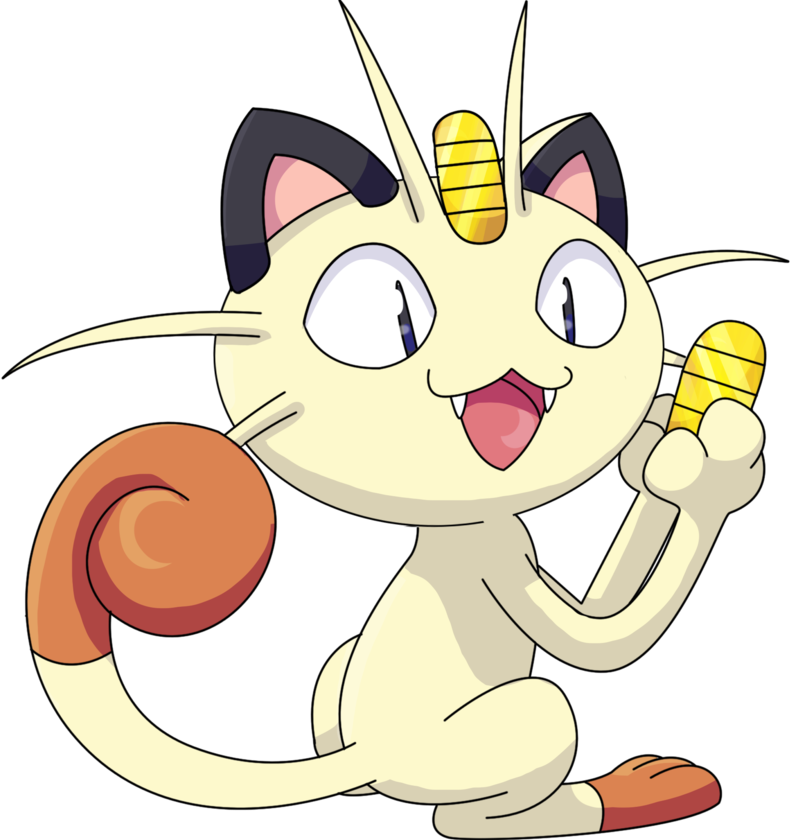
Sell Now!
Related Posts
What To Read Next
Are New Pokemon Cards Worth Anything?
If you’ve ever watched a video of someone opening vintage Pokemon cards you probably see prices in the tens of thousands of dollars popping up all over the screen and it can make the value of more recent Pokemon cards look pretty measly.
The 5 Best Sleeves for Pokemon Cards
To some, they may just be colourful cardboard, but for you, Pokemon cards are collectables. And when you’re collecting something, you want to ensure they’re safe and protected to preserve their condition. You can’t start that process with cards unless you use card sleeves.
The 10 Most Valuable Misprinted Pokemon Cards
Opening a Pokemon TCG pack is always an exciting moment. You never know if you’ll get your favorite or valuable chase card until you’ve opened the pack. And as you pull the cards out and eagerly go through each one, you notice that one or more of them has a defect. What now?

